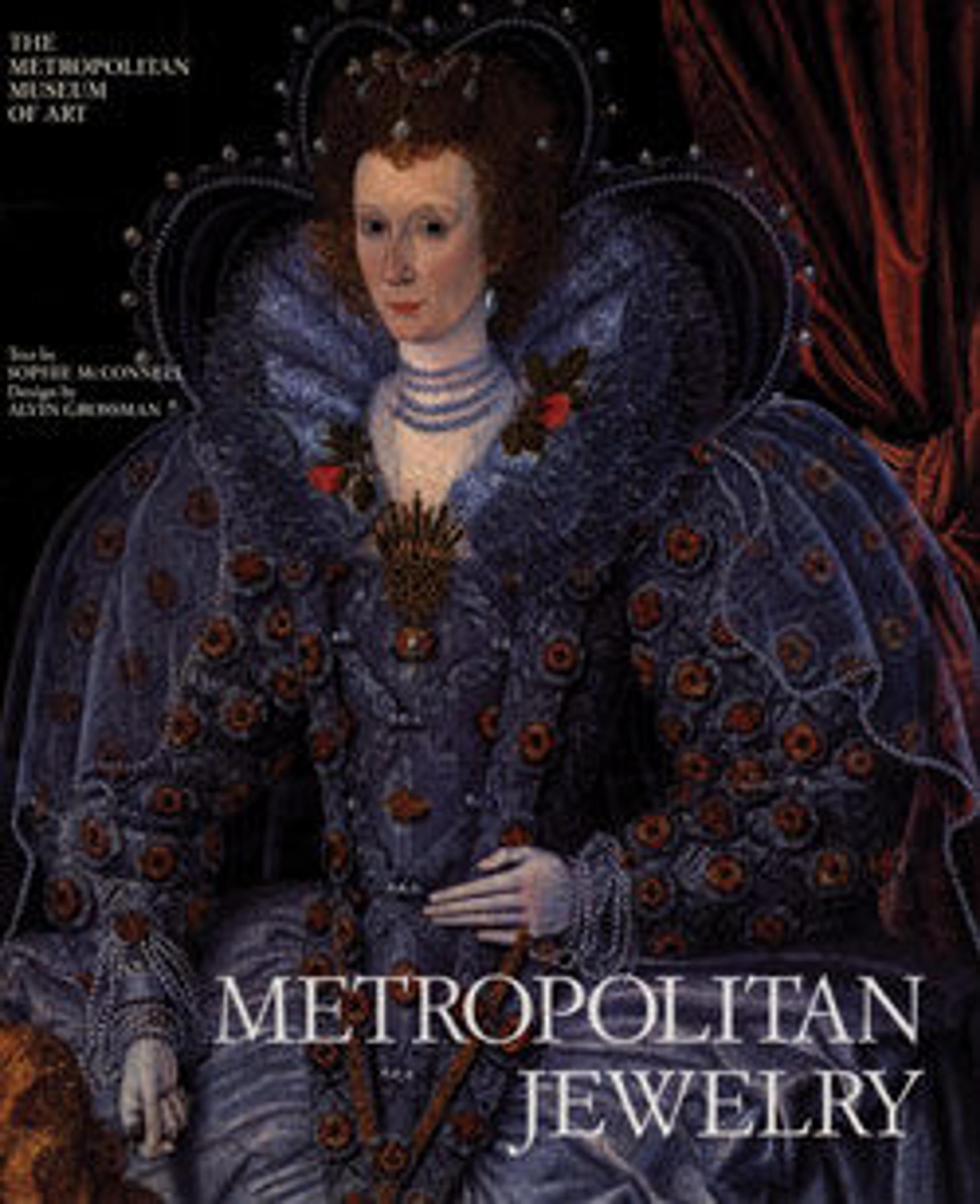Earring, One of a Pair
This beautiful earring and its mate (1981.5.17) were fabricated with emeralds, rubies, pearls and gold. The backside is ornamented with blue, green and red-orange enamel, in scrolling floral motifs. These jewels were most likely made in Fes, or Meknes. In this technique, craftsmen engraved a decorative pattern into the metal, before applying a paste of colored glass in the recesses, which was then melted through heating. Inlaid enamel decorative techniques were both popular in Nasrid Spain (1232–1492), and were likely brought to Morocco by Muslim craftsmen who emigrated from Al-Andalus before or during the 15th century Reconquista.
Artwork Details
- Title: Earring, One of a Pair
- Date: 18th–20th century
- Geography: Attributed to Morocco
- Medium: Gold, emerald, ruby, champlevé enamel, and pearl
- Dimensions: H: 3 1/8 in. (8 cm)
W: 1 in. (2.5 cm) - Classification: Jewelry
- Credit Line: Gift of Marguerite McBey, 1981
- Object Number: 1981.5.16
- Curatorial Department: Islamic Art
More Artwork
Research Resources
The Met provides unparalleled resources for research and welcomes an international community of students and scholars. The Met's Open Access API is where creators and researchers can connect to the The Met collection. Open Access data and public domain images are available for unrestricted commercial and noncommercial use without permission or fee.
To request images under copyright and other restrictions, please use this Image Request form.
Feedback
We continue to research and examine historical and cultural context for objects in The Met collection. If you have comments or questions about this object record, please contact us using the form below. The Museum looks forward to receiving your comments.
